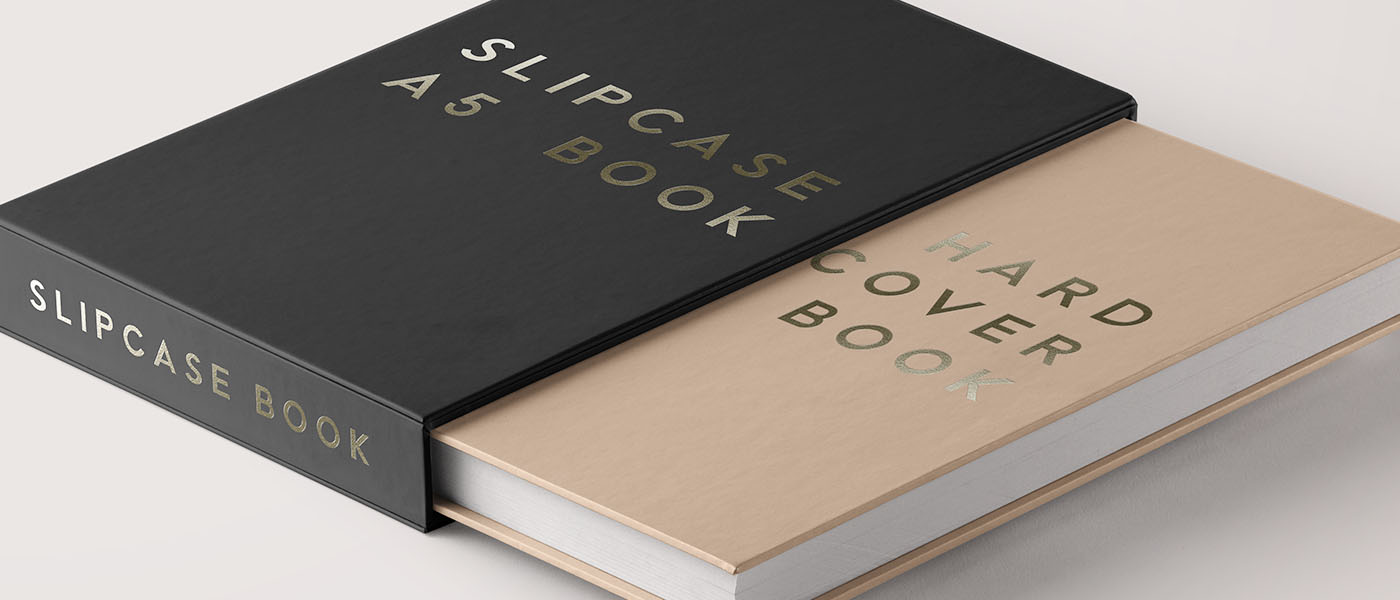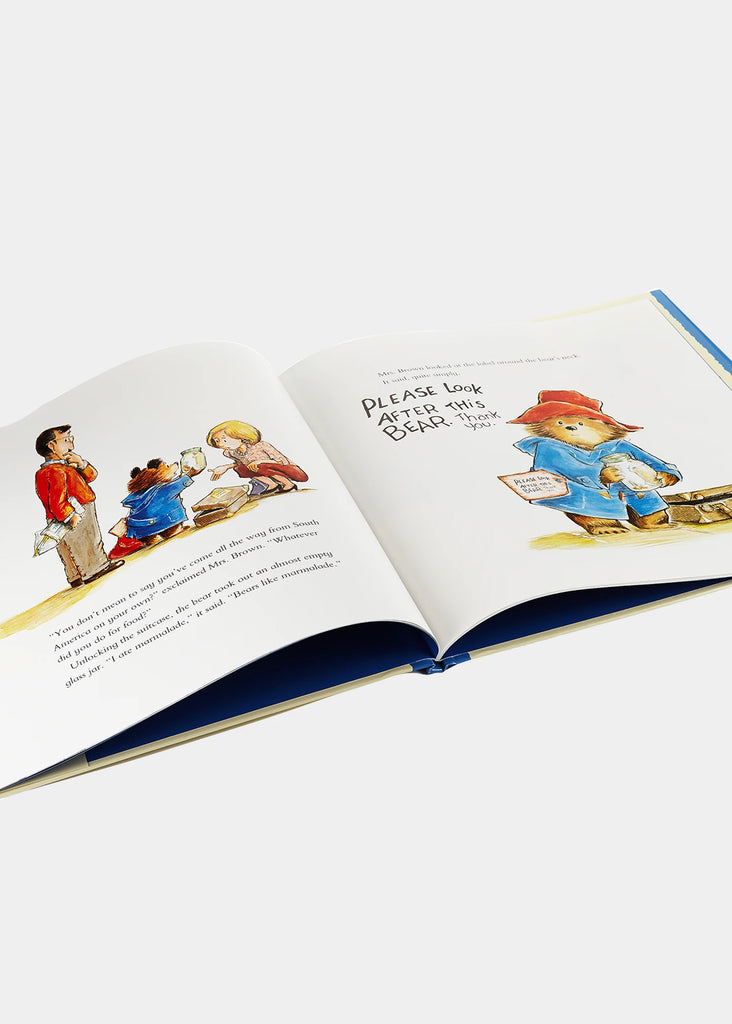A Comprehensive Guide to the Refine of Hardcover Books Printing
When you begin the trip of hardbound book printing, understanding the whole procedure is crucial. As you navigate through binding and high quality control, you'll discover that every decision affects the publication's general charm.
Recognizing the Hardcover Book Structure
When you discover the world of hardbound publications, you'll rapidly notice that their structure is deliberate and unique. The outer casing, typically constructed from sturdy cardboard, provides toughness and defense. You'll locate a textile or leather treatment, which not just boosts visual appeals however also adds to the book's long life. Inside, the endpapers link the cover to the text block, guaranteeing a smooth interchange.
The text block itself includes multiple trademarks, or folded sheets, sewn with each other for stamina. You'll see that the spinal column is enhanced, enabling for a smooth lay-flat reading experience - hardcover books. Furthermore, guide's weight frequently communicates a feeling of quality and durability
Hardcover publications generally feature a dirt jacket, which acts as an advertising and marketing device while safeguarding the cover. Understanding these components assists you value the craftsmanship behind hardbound books and their one-of-a-kind allure in the literary world.
Manuscript Preparation and Editing And Enhancing
Obtaining your manuscript ready for printing is crucial, and it begins with correct formatting standards. You'll require to comprehend the editing and enhancing process to refine your work and guarantee it reverberates with viewers. Plus, mastering checking methods can assist you catch those annoying errors before your book goes to publish.

Manuscript Format Guidelines
Appropriate manuscript format is important for creating a professional-looking hardcover book. Start by selecting a standard font like Times New Roman or Arial in 12-point size. Use double-spacing throughout the paper to improve readability. Establish your margins to 1 inch on all sides, giving your text space to take a breath. Number your pages in the top right edge, and include your phase titles at the beginning of each brand-new section. Use clear headings to suggest areas, and avoid excessive format like bold or italics unless essential. Make sure to check your manuscript for consistency stylishly, ensuring that everything from punctuation to spacing adheres to your selected standards. Following these actions will certainly establish a solid structure for your book.
Editing Process Essentials
Modifying your manuscript is an essential step that can change it from a rough draft into a polished last product. Bear in mind, modifying isn't simply about dealing with errors; it's about improving your voice and guaranteeing your message resonates with visitors. Welcome the process, and you'll see your manuscript luster.
Checking Methods Overview
When you've brightened your manuscript via modifying, the following step is to assure it's totally free of errors that could sidetrack visitors. Read your manuscript out loud-- this aids you hear unpleasant phrasing and spot typos. Take into consideration publishing your manuscript; analysis on paper can reveal errors that displays miss.
Designing the Book Cover and Inside
When you're making your publication cover and interior, you'll want to concentrate on vital style elements that catch your audience's interest. Picking the ideal typography designs and meticulously choosing colors and images can make all the difference in conveying your publication's theme. Let's explore just how these selections can boost your job and draw in viewers.
Vital Layout Aspects
Creating an eye-catching book cover and a properly designed interior is necessary for attracting readers and enhancing their experience. Beginning with the cover; it's your first perception. Pick colors and photos that reflect your book's theme and mood. See to it your title stands out and is legible, also in thumbnail dimension.
For the interior, concentrate on layout and white room. A tidy, organized layout helps readers browse easily. Think about utilizing chapter headings and subheadings to guide them through the web content. Visual components, like graphics or pictures, can additionally boost involvement however ought to complement the text, not bewilder it. Bear in mind, a cohesive layout throughout your publication promotes an expert appearance that can greatly affect a visitor's decision to choose it up.
Selecting Typography Designs
Typography plays a necessary duty in both guide cover and interior style, shaping just how visitors view your content. When choosing typography styles, consider your publication's category and target audience. A classic serif font style might work well for literary fiction, while a modern sans-serif could suit a modern book. Warranty readability; your text must be easy on the eyes, specifically for longer passages. Pay focus to font size and line spacing, as these elements impact overall flow. Mixing typefaces can add passion, yet limit it to two or 3 to keep coherence. Assume regarding hierarchy-- utilize various styles for headings and body message to direct readers easily via your work. Your typography options will substantially impact the reader's experience.
Color and Imagery Choice
Choosing the best shades and imagery is important for recording visitors' interest and sharing your book's themes. Begin by considering your genre; lively shades might function for a youngsters's publication, while muted tones suit a mystery book. hardcover books. Usage images that resonates with your web content-- pictures, pictures, or abstract layouts can boost your message
Consider the emotions you wish to evoke. Cozy colors can produce exhilaration, while trendy colors frequently convey peace. When designing the cover, make specific the images does not bewilder the title and author's name; quality is crucial. Inside, utilize regular color pattern that enhance your typography. This natural method not only boosts your publication's aesthetic however likewise enhances the reader's experience, making it much more memorable.
Picking the Right Paper and Materials
When picking paper and materials for your hardbound book, it's vital to consider how they'll affect the overall appearance and feeling of your project. Beginning by selecting the right paper weight; much heavier stock typically communicates quality and longevity, while lighter paper can produce a more fragile touch. Think about the surface as well; glossy paper improves pictures and colors, while matte can give an innovative, understated appearance.
Fabric, natural leather, or printed Going Here paper can establish the tone for your publication. Additionally, believe regarding the binding products; using top quality adhesive assurances your publication lasts.
Inevitably, the options you make right here mirror your vision, so put in the time to example different products (hardcover books). Your options will help develop a book that's not only aesthetically attractive but additionally long lasting and functional
The Printing Refine: Techniques and Technologies
A selection of printing techniques and modern technologies can bring your hardcover publication to life, each offering one-of-a-kind advantages. Digital printing is a preferred selection for short runs, permitting fast turn-around and affordable options. When you need to publish smaller amounts without compromising high quality, it's perfect. On the other hand, offset printing excels in producing big quantities, providing consistent and premium outcomes. This method is optimal for extensive publications where shade precision and great information matter.
Recognizing these methods aids you make educated choices, guaranteeing your hardbound publication not only looks terrific but also fulfills your production needs successfully. Choose the best strategy to elevate your book's charm and impact.
Binding Methods for Hardbound Books
Numerous binding techniques can change your hardcover book right into a sturdy and eye-catching product. One more method is the perfect binding, which utilizes glue to hold the pages with each other, enabling for a sleek spinal column but much less durability compared to situation binding.
You could additionally think about spiral binding, which allows your book to lay level, making it optimal for workbooks or guidebooks. Nonetheless, it doesn't offer the exact same safety cover as situation binding. Finally, there's the saddle stitch More Help method, appropriate for smaller books, where sheets are folded and stapled together. Each binding approach has its benefits and fits different requirements, so assume concerning your book's objective and target market when selecting the very best choice for your project.
Quality Control and Last Touches
After choosing the right binding method for your hardbound book, top quality control ends up being important to validate your end product fulfills your assumptions. Begin by inspecting the published pages for any type of mistakes or disparities in color and layout. You do not want to miss out on any type of typos or misprints that might influence your viewers' experience.
Following, inspect the binding stability. Verify the pages are securely affixed which the spine is sturdy. A well-bound book not only looks expert but likewise really feels sturdy in your hands.
Additionally, focus on the cover. Look for any type of scuff marks or imbalances in the art work. If you have actually chosen for special finishes like embossing or foil marking, make certain they're applied regularly throughout all duplicates.
Lastly, conduct a comprehensive examination of the whole batch before relocating to circulation. This method, you can confirm that every publication shows your high criteria.
Regularly Asked Concerns
For how long Does the Hardcover Book Printing Refine Normally Take?

What Is the Minimum Order Quantity for Hardcover Books?
The minimum order quantity for hardcover publications typically starts around 100 duplicates, but it can differ based on the printer. You need to get in touch with your chosen printing solution for their certain demands and rates.

Can I Print Hardbound Books in Personalized Sizes?
Yes, you can publish hardbound books in customized sizes. Several printing solutions supply adaptability with measurements, permitting you to select a format that fits your task. Just verify the specs prior to putting your order.
Are There Eco-Friendly Options for Hardcover Publication Printing?
Yes, you can locate green options i thought about this for hardbound publication printing. Many business use recycled products and lasting inks. Just ask your printer about their eco-friendly practices to guarantee your task aligns with your ecological worths.
What Are the Expenses Connected With Hardcover Book Printing?
When taking into consideration hardbound publication printing costs, you'll need to consider products, design, and printing approaches. Extra costs like shipping and binding can also affect your overall budget, so plan accordingly for your task.
When you start the journey of hardbound book printing, understanding the entire procedure is important.A range of printing strategies and technologies can bring your hardcover publication to life, each offering one-of-a-kind advantages. Exactly how Lengthy Does the Hardbound Book Printing Refine Usually Take?
The hardcover publication printing procedure generally takes around 2 to 6 weeks.Yes, you can find environmentally friendly alternatives for hardbound book printing.